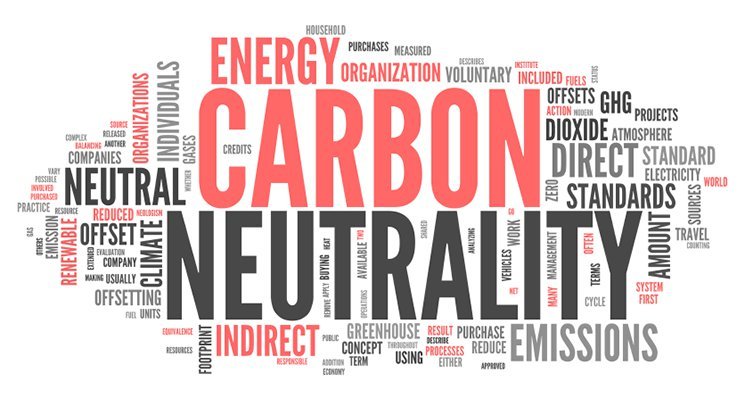I’ve written in this space before about greening sports — using sustainable energy sources, choosing healthier and more efficient building materials, recycling, avoiding cleaners with harmful chemicals. But if you run an athletic center with fields, how do you green those fields? It’s ironic, of course — nothing should be greener. However, in order to stay in perfect shape for game day, natural turf fields require a regimen of chemical applications, mowing, and irrigation that consumes valuable resources, creates waste, and potentially damages the environment.
The good news is, there are a few steps you can take to reduce harmful practices. Consider the following:
1) Choose chemicals that are more environmentally friendly. In an ideal world, we’d eliminate the use of pesticides and fertilizers altogether. Unfortunately, the world isn’t ideal. To maintain budgets and properly oversee highly-trafficked fields, facilities have few alternatives but to treat fields heavily. And, while Environmental Protection Agency regulations have banned most hazardous chemicals from products used for field maintenance, there is still a wide range of products available, some of which are more harmful than others. Whenever possible, choose organic materials for fertilizing and pesticide treatment, not synthetic ones. Coffee grounds, chicken manure, and turkey manure are good alternatives.
2) Reduce water consumption. You need water to keep those fields bright and healthy, but keep in mind that water is a precious commodity: The State of California recently announced it is suffering its worst drought in 1,000 years. How do you use less water and make the most of the water there is? Install systems for reclaiming stormwater and runoff. And then make sure you manage irrigation properly. If it rains one day and there’s plenty of moisture in the soil the next, don’t keep the irrigation system running. Also, consider irrigating only when wind is low, in order to keep evaporation rates down.
3) Re-evaluate your machinery. If you’re using straight-up fuel to power your mowers, look into the possibility of obtaining equipment that runs on biofuels or other clean alternatives. If that equipment does not fit in your budget, cut back on mowing frequency.
4) Think long-term. Whatever you’re doing with your fields today, ask how those practices will affect the immediate and larger environment in the future. If you renovate your fields, can you pulverize material and stockpile it for use elsewhere — on a golf course, for example? Can you create a pond or holding tank to capture water when you irrigate, and then find ways to re-use that water? Can you use material from old fields to fertilize new ones?
5) Ask the experts. Entire university departments exist to research sports turf maintenance. If you want to take a stab at greenifying your fields, reach out to people in the know. They’ll be able to tell you the best type of grass for your locale and particular uses, how often different grass varieties need mowing, what kinds of computerized weather and irrigation systems you might consider installing, and a host of other details that will get on the road to ever greater sustainability.
